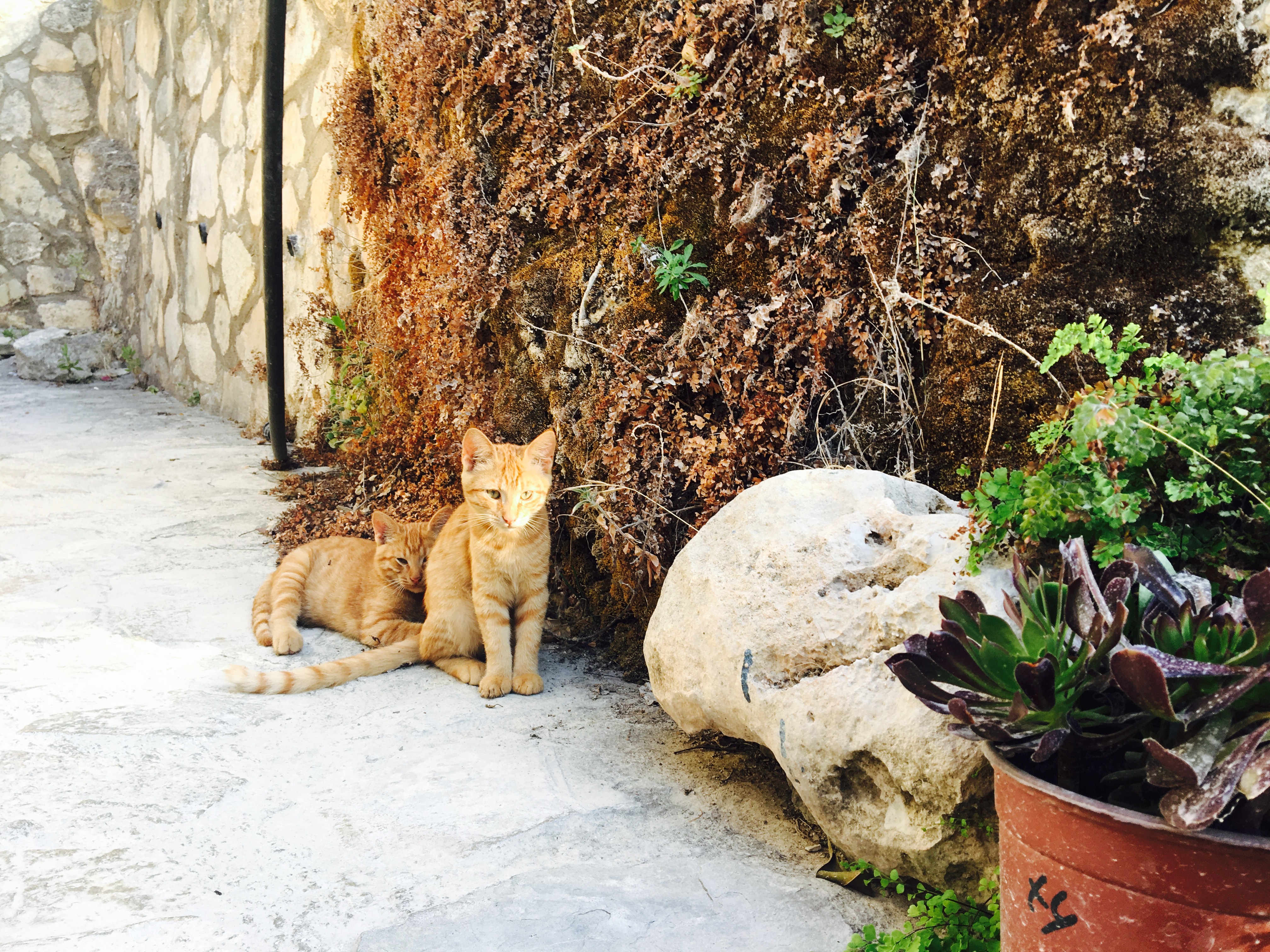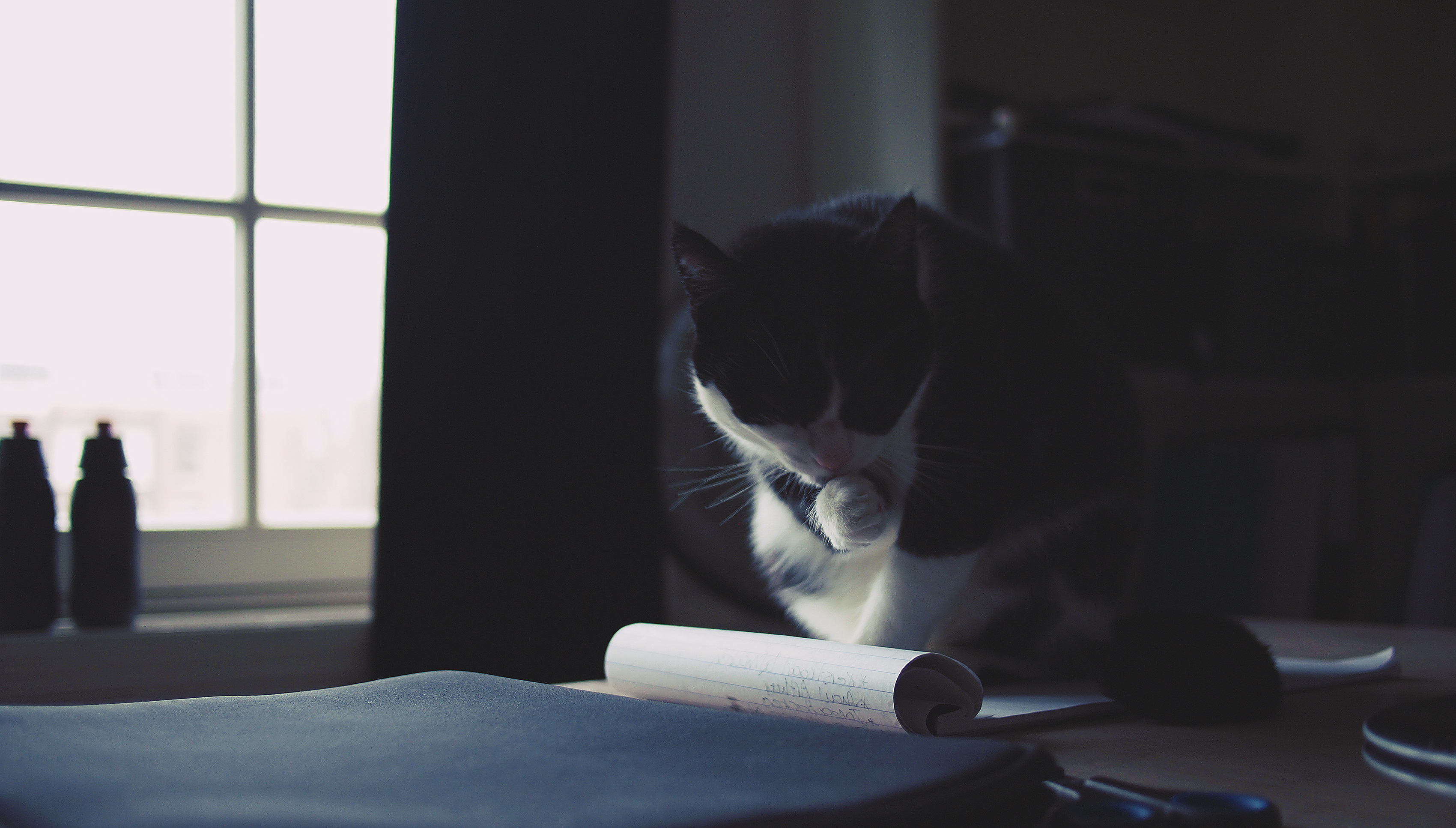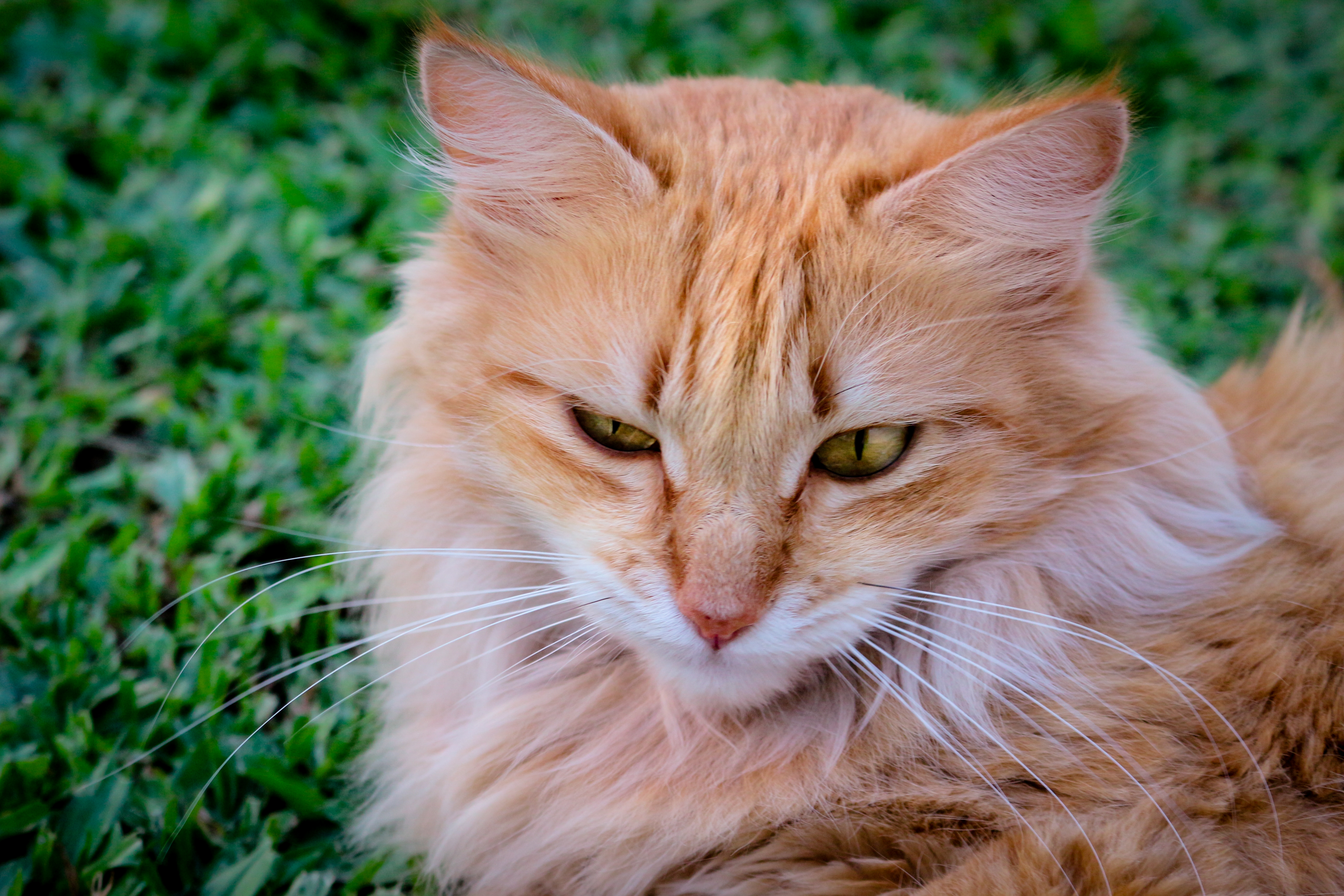Teaching Your Kitten to Come When Called

Table of Contents
Building Trust Through Communication
When I first started training my cat Luna to come when called, I was skeptical. After all, cats are known for their independence, and Luna certainly lived up to that reputation. But after months of patient work, I can now call her from across the house and she'll come running - most of the time, anyway.
Why Recall Training Matters for Cats
While cats are naturally independent, teaching them to come when called provides numerous benefits. It's not just about convenience - a reliable recall can be crucial for safety, make veterinary visits easier, and actually strengthen your bond with your cat. I've found that cats who respond to recall tend to be more confident and trusting overall.
There have been several times when Luna's recall training has been genuinely helpful - like when she accidentally got outside and I was able to call her back safely.
Understanding Cat Psychology
Cats respond best to positive reinforcement and respect for their independence. Unlike dogs, cats need to feel that coming to you is their choice, not a command they must obey. This understanding is crucial for successful recall training.
I learned early on that forcing Luna to come to me when she didn't want to only made her more resistant. Instead, I focused on making coming to me the most appealing option available to her.
Choosing the Right Training Method
Through trial and error with Luna, I discovered that different approaches work for different cats. Here's what I found most effective:
Clicker Training
Clicker training works exceptionally well with cats. The click sound marks the exact moment your cat performs the desired behavior, making it clear what earns the reward. Luna learned to associate the click with treats, which made the training process much clearer for her.
Voice Commands
I use a consistent, pleasant voice command - "Luna, come here!" - in an upbeat, inviting tone. I avoid using this command for anything negative, like vet visits or nail trims, to keep it positive.
My Step-by-Step Training Process
Here's the approach that worked with Luna over several months:
Phase 1: Foundation Building (Weeks 1-2)
I started in a quiet room with minimal distractions. When Luna looked at me, I'd say her name and "come here," then immediately reward her with a treat. I repeated this 10-15 times per session, 2-3 times daily. The key was starting when she was already somewhat interested in me.
Phase 2: Distance Training (Weeks 3-4)
I gradually increased the distance between us, starting with just 3-4 feet, then expanding to different rooms. I always rewarded successful responses immediately with high-value treats that Luna loved.
Phase 3: Distraction Training (Weeks 5-6)
I practiced in areas with mild distractions like other family members or gentle background noise. This helped Luna learn to respond even when other things were happening around her.
Essential Training Tools
Here's what I found most helpful during Luna's training:
- High-value treats: I used Luna's absolute favorite treats exclusively for recall training
- Clicker: A consistent sound marker that Luna learned to associate with rewards
- Target stick: Helped guide Luna's movement when she was confused
- Training harness: For outdoor recall practice (though we kept this minimal)
Common Mistakes I Made (And How to Avoid Them)
I made several mistakes during Luna's training that I'd like to help you avoid:
- Calling her when I couldn't reward her (this taught her that sometimes coming doesn't pay off)
- Using the recall command for negative things like vet visits
- Repeating the command multiple times without response (this just taught her to ignore it)
- Training when she was stressed or distracted
Advanced Recall Techniques
Once Luna mastered basic recall, I introduced some advanced techniques:
Emergency Recall
I trained a special emergency recall using a unique sound (a specific whistle pattern) that means "come immediately." This is reserved for truly urgent situations and is always rewarded heavily. I've only had to use it once, but it worked perfectly.
Outdoor Recall
I practiced outdoor recall with Luna using a harness and leash initially. We only attempted off-leash recall in a completely enclosed, safe area, and even then, I was very cautious.
Troubleshooting Common Issues
Here's how I handled the challenges that came up during Luna's training:
When Luna Ignored the Command
When Luna stopped responding, I went back to basics. I practiced in a quiet room and ensured I was using high-value rewards. I also checked that I wasn't overusing the command or using it inappropriately.
Inconsistent Response
Inconsistency usually meant the training foundation needed strengthening. I spent more time on the basic phases before moving to advanced training, and this always helped.
Maintaining Recall Training
I continue practicing recall with Luna regularly throughout her life. Even well-trained cats can lose the behavior if not reinforced. I practice 2-3 times per week to maintain the skill, and Luna still responds reliably.
Safety Considerations
I never use recall training as a substitute for proper containment. Even with Luna's excellent recall, I keep her supervised outdoors and in safe environments. Recall is a helpful tool, but it's not foolproof.
Frequently Asked Questions
How long does it take to train recall?
Basic recall can be established in 4-6 weeks with consistent daily practice. Advanced recall with distractions may take 2-3 months. Luna took about 8 weeks to become reliably consistent.
Can older cats learn recall?
Yes, cats of any age can learn recall, though it may take longer for older cats to form new habits. I've successfully trained cats as old as 10 years.
What if my cat only comes for treats?
This is normal in early training. I gradually reduced treat frequency while maintaining praise and affection as rewards. Now Luna comes for attention and play as much as for treats.
Final Thoughts
Recall training with Luna has been one of the most rewarding aspects of our relationship. It's not just about convenience - it's about building trust and communication. The key is patience, consistency, and always making it a positive experience for your cat.
## Related Reading If you found this article helpful, you might also enjoy: • [Complete Guide to Litter Training Your Kitten Guide to Litter Training Your Kitten](/blog/the-complete-guide-to-litter-training-your-kitten) - Litter training is one of the most important skills you can teach your kitten. Learn the step-by-step process to ensure success from day one. • [Socializing Your Kitten: The Critical Window Kitten: The Critical Window](/blog/socializing-your-kitten-the-critical-window) - The first few months are crucial for kitten socialization. Learn how to properly socialize your kitten for a well-adjusted adult cat. These articles explore similar themes and can help deepen your understanding of the topic. ## Related Reading For more insights on this topic, check out our article on [Teaching Your Kitten to Use a Scratching Post](/blog/teaching-your-kitten-to-use-a-scratching-post).


Comments (0)
Want to leave a comment?
Please Login or Register to join the conversation.